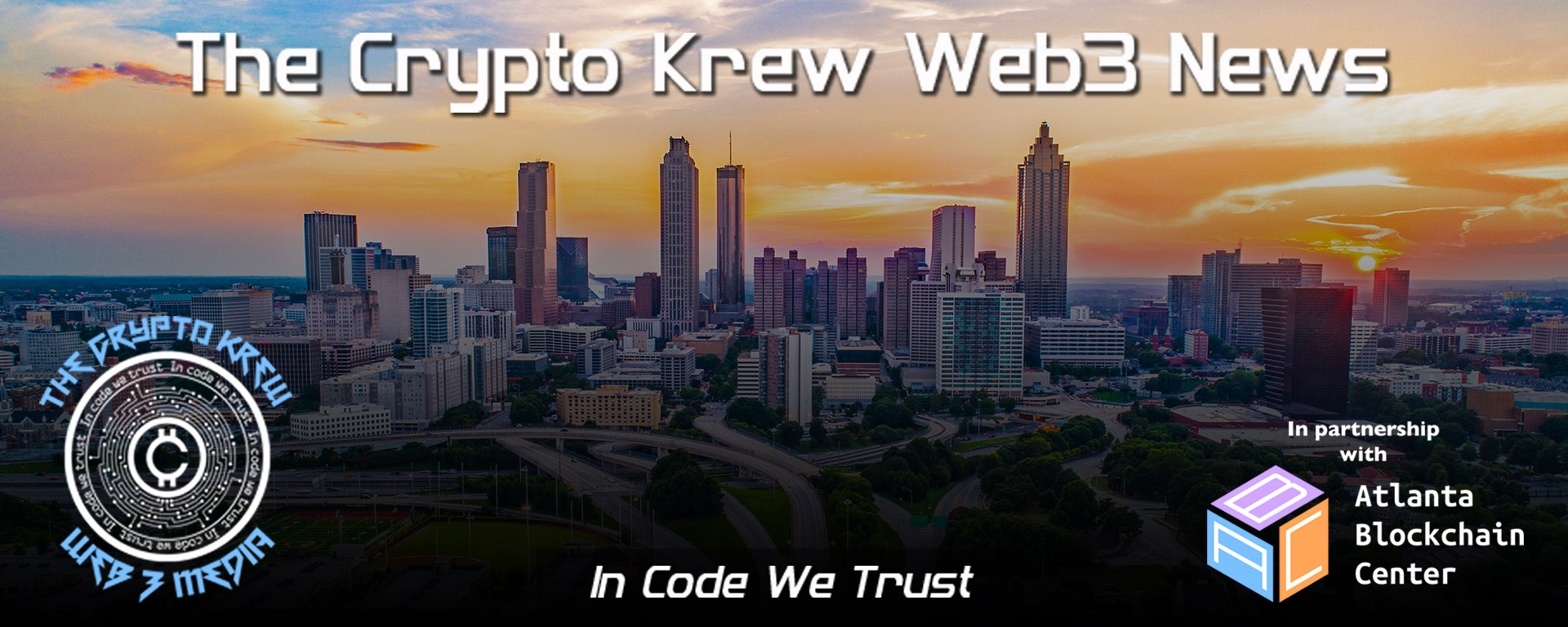Today the Bank of Israel released a paper on the architecture of its planned central bank digital currency (CBDC), the digital shekel. It differs from other CBDCs in a few ways. One of them is the ability to pay interest.
Another is the separation of the role of banks from the provision of wallets and payment services. It’s likely the central bank will publish multiple papers this year as the target date for a design document is December 2024. The central bank still needs to make technology decisions, such as whether to use DLT, so the document covers the functional architecture.
Unbundling banks from the CBDC wallet In most retail CBDCs, a user would have a CBDC wallet with a bank or payment provider with which they already have a relationship. The same provider helps to fund and defund the CBDC wallet directly and communicates CBDC payment instructions.
In contrast, Israel’s central bank envisions an unbundled solution. Hence, a user can open a wallet with a PSP and connect to one or more third party banks for funding or defunding via open banking APIs. Bear in mind that funding and defunding are critical for most CBDCs. That’s because when a user makes a payment and has insufficient digital shekels, there will need to be a so-called reverse waterfall from a bank to top up the CBDC balance seamlessly so the payment can be completed. If the digital shekel balance exceeds any imposed limits, the funds will be transferred to a linked bank or PSP account.
- Saudi Arabia Joins BIS & China Led Central Bank Digital Currency Project
- Argentina Opposition Threatens to Remove President After Libra Token Scam
- BlackRock Approved to Offer Crypto Services in UK, Expanding Digital Asset Footprint
- German Government Sells Off All 50,000 of Seized of Bitcoin
- El Salvador’s Bonds Spike Despite Bitcoin Criticism
- Virtual Assets Back Active: Nigeria Ends Years-Long Restrictions on Crypto Transactions






